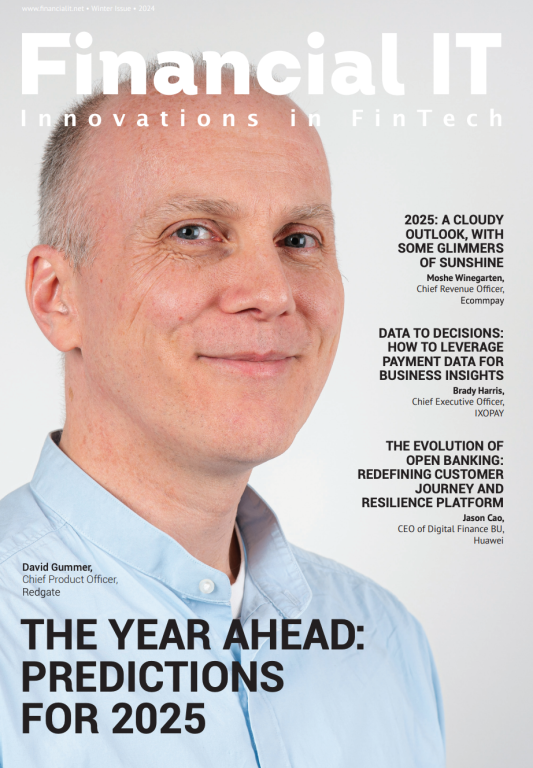Clear and present danger?

- Steve Grob, Director of Group Strategy at Fidessa
- 07.04.2016 11:15 am undisclosed , In addition to providing a regular commentary on the issues surrounding fragmentation Steve is responsible for Fidessa’s strategic development. This includes the development of new geographic markets and strategic partnerships and driving new industry initiatives.
There has been a lot of talk about how the LSE/DB1 merger might create a “too big to fail” clearing house. This seems to be missing the point somewhat as both LCH and Eurex Clearing are already too big to fail. Imagine the fallout if either of these were to go through some sort of disorderly meltdown – would the UK or German governments really just sit back and watch? The real point is that as a “buyer or seller of last resort” clearing houses are, by definition, too big or important to be allowed to fail. In fact, the sole reason for their existence is to provide confidence to the financial system just like the UK’s ATOL does by underwriting travel firms in the time between us paying for our holidays and actually going on them.
Aha! I hear you say – but surely spreading the risk across more clearing venues is safer? Well not necessarily, as each clearing house operates its own risk management systems and most are on a one-way course to offer greater capital efficiency through margin offsets. This might make things complicated if positions across multiple clearing houses needed to be unwound in a hurry. And, however you look at it, less margin underpinning the same level of global risk will not make us any safer. This point, incidentally, being one of the great ironies of Basel III and other constraints on banks’ capital.
If things really did go pear-shaped, then the clearing houses would have to be kept upright however many or few of them existed. This only serves to highlight the reality that the only way to avoid transactional risk altogether is to make those transactions instantaneous. It’s no wonder, then, that there’s so much chatter around distributed ledger technology (AKA blockchain). But, imagining a solution and practically implementing it everywhere, for every asset class, are two completely different things.
So, in the meantime, I guess we either just keep our hard-earned cash stuffed in a sock under the bed or accept that risk is intrinsic in any financial transaction.





















